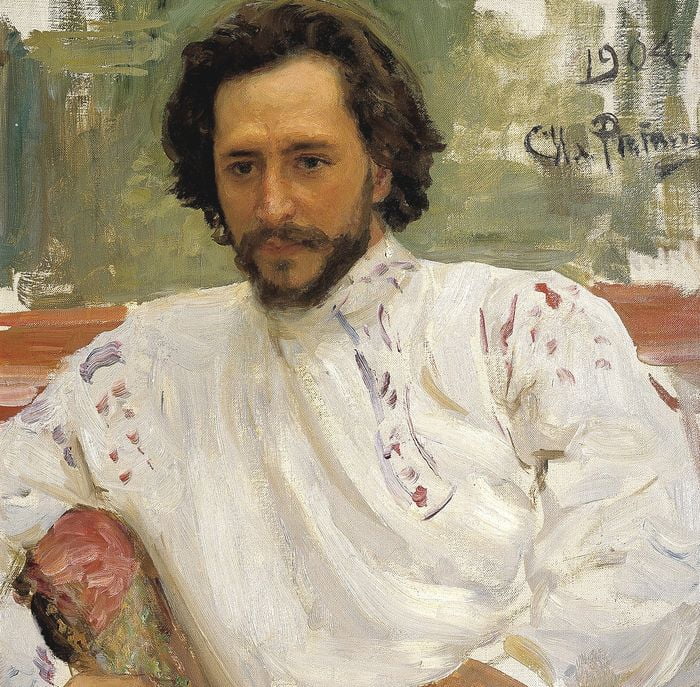Saksagan
A Harvard Graduate from a Humble Background
Another inspiring example of American influence in Bulgaria is Stoyan Kristoff Vatralsky. He was the son of a poor Bulgarian shepherd, yet he achieved...
American-Educated Leaders in Bulgaria
It is a pleasant surprise to see that in this distant country, Bulgaria, there are men and women who studied in the United States...
The Desire for War
Many Turkish officers and upper-class civilians have openly expressed that war with Bulgaria would be better than the current deadlock. They are determined, if...
Bulgarias Complaints About Turkey
Bulgaria insists that she has done her part in the agreement with Turkey, but she is unhappy with how Turkey is carrying out its...
Tensions Between Turkey and Bulgaria
There has been friction between the Turkish and Bulgarian governments. General Petroff spoke for the Bulgarian government, saying that things were calm in Bulgaria...
Daily Lawlessness and Impunity
In discussions with local authorities regarding the rampant lawlessness occurring within their jurisdiction, the responses are deeply concerning. Often, officials will either deny that...
Systematic Violence and Oppression in the Region
The ongoing violence and oppression faced by the local population are alarming. Two men from Mishka approached us, sharing that there is not a...
The Aftermath of Destruction
Total Devastation
In the wake of recent events, the devastation in the village is staggering. There were once 700 houses here, yet not a single...
Unveiling the Top Rafting Nations
Top Rafting Nations A Closer Look
Analyzing the results of the IRF World Championship over the past 5 years, Germany, the Czech Republic, and Russia...
The Threat to Yusufeli
Rafting Paradise in Peril
The Decline of Coruh River Rafting
Qoruh River, renowned for its rafting routes and attracting around 12,000 enthusiasts annually, faces an impending...














